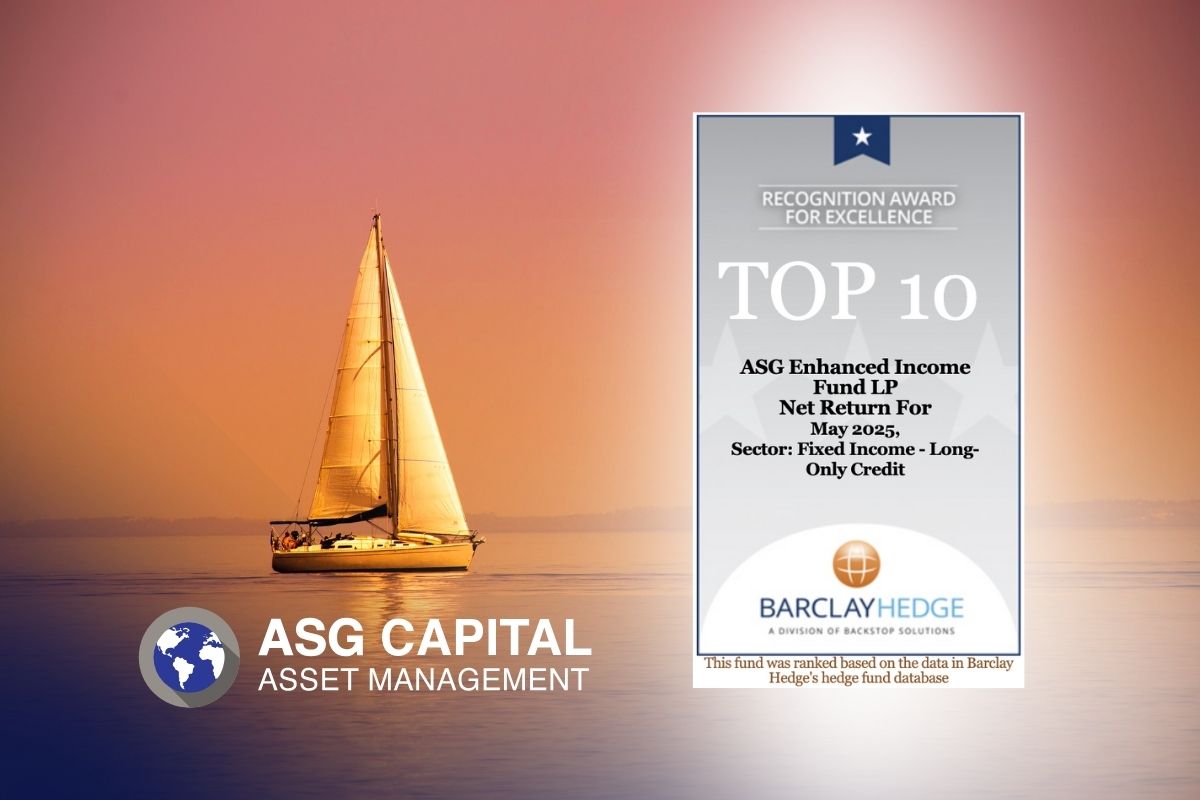September 2023, the narrative on US interest rates was pointing to 10year Treasuries heading for the 5%+ mark. Motivated by a well know financier, this turned out to be an excellent ‘call’. 10-year interest rates rode up a whisker away from this target in October.
November 2023, we were in a very different place. The market narrative now anticipated five speedy Federal Fund rate cuts for the coming year. With this new investment ‘call’, 10year interest rates collapsed to 3.8% from their October high.
February 2024, the narrative had changed once again. Inflation was too sticky for comfort. Policy makers would therefore not be as accommodating as anticipated. The ‘imagined’ rate cuts of past December had melted away into a new narrative: ‘higher for longer’. With it, 10-year rates went shooting back up to 4.7% in April.
In July 2024, we were back to Fed. Fund rate cut drawing board, with a twist. This time the Federal Reserve’s Chairman confirmed in his Jackson Hole speech; a policy change towards cuts was now on his radar. (Sharp contrast to 2022, when he pronounced his ‘more pain to come’ speech pointing to the path of future interest rates). This new Powell narrative brought 10year rates back down to 3.7%.
They say: ‘there is no rest for the wicked’.
During this roller coaster ride, 10year interest rates have been range bound between 3.3% to 5% over the last two years. This needs to be looked at in the context of a favorable economic backdrop; 1. an improved inflationary environment, 2. low unemployment and 3. steady growth. (As a reminder, today’s 10-year rate level has been the same in September and December 2022, and February, July and December 2023).
The question now arises if 10yr rates could move +50% or -30% from 2022 to 2024 in a steady predictable environment mostly driven by changing narratives, what could we expect if inflation were to collapse or spike up, or if unemployment were to rise dramatically or if the country was to be heading for a hard recessionary landing?
The likely answer: more volatility.
This would especially be the case if one adds to the equation heavy Treasury issuance to cover a never-ending deficit funding projection.
Adding duration to Fixed Income portfolios may be the way to go over the short term, as lower Fed. Fund rates kick in. However, investors should be aware, after an initial honeymoon period bringing in its wake probable strong capital gains for longer dated bonds, volatility on the 10year part of the interest rate curve may rear its ugly head again.
(This last comment assumes no Central Bank or Treasury intervention to put the volatility genie back in its box).
This time, volatility would be driven by real economic fundamentals rather than changing narratives.



